I am currently trying to find a way to validate if my JSON object has another object in it or an array while using liquid templates.
I am using the xml-to-json policy which takes my below xml and turns it into JSON
<additional-data-set>
<additional-data>
<name>LodgementDate</name>
<value>24/04/2019 00:00:00 NZST</value>
</additional-data>
</additional-data-set>
Converted to JSON
"additional-data": {
"name": "LodgementDate",
"value": "24/04/2019 00:00:00 NZST"
}
However when I add an additional-data to it i get the below
<additional-data-set>
<additional-data>
<name>LodgementDate</name>
<value>24/04/2019 00:00:00 NZST</value>
</additional-data>
<additional-data>
<name>LodgementDate1</name>
<value>25/05/2019 00:00:00 NZST</value>
</additional-data>
</additional-data-set>
Converted to JSON
"additional-data": [
{
"name": "LodgementDate",
"value": "24/04/2019 00:00:00 NZST"
},
{
"name": "LodgementDate1",
"value": "25/05/2019 00:00:00 NZST"
}
],
As you can see it goes from being an object to an array when there is two or more additional-data.
I am currently trying the below code to validate it as an array or not
{
{% assign ads = body["p$ReadECODetailsResponse"].additional-data-set %}
"additional-data-set": {
"additional-data": [
{% if ads.additional-data.size < 0 %}
{% for addDataBody in ads.additional-data %}
{
"name": "{{addDataBody.name}}",
"value": "{{addDataBody.value}}"
}{% if forloop.last != true %},{% endif %}
{% endfor %}
{% break %}
{% else %}
{
"name": "{{ads.additional-data.name}}",
"value": "{{ads.additional-data.value}}"
}
{% break %}
{% endif %}
]
}
}
My problem is, the template cannot distinguish between the object and the array. And when calling each type (1 additional-data or 2 additional-data) the data will not call and be templated due to it not staying as an object/array.
Any ideas?

